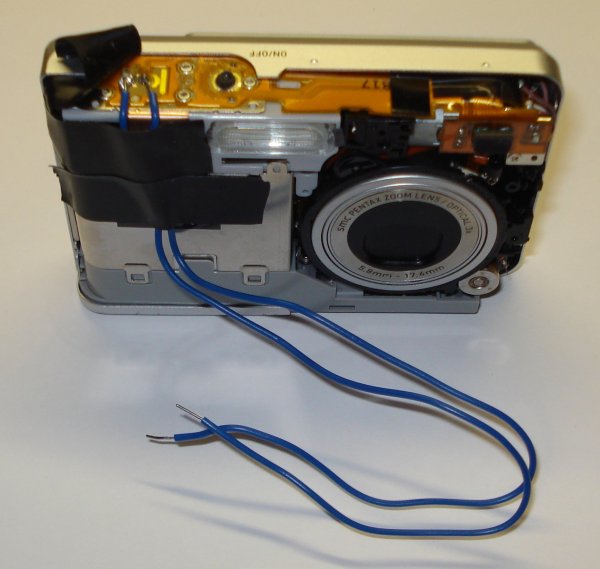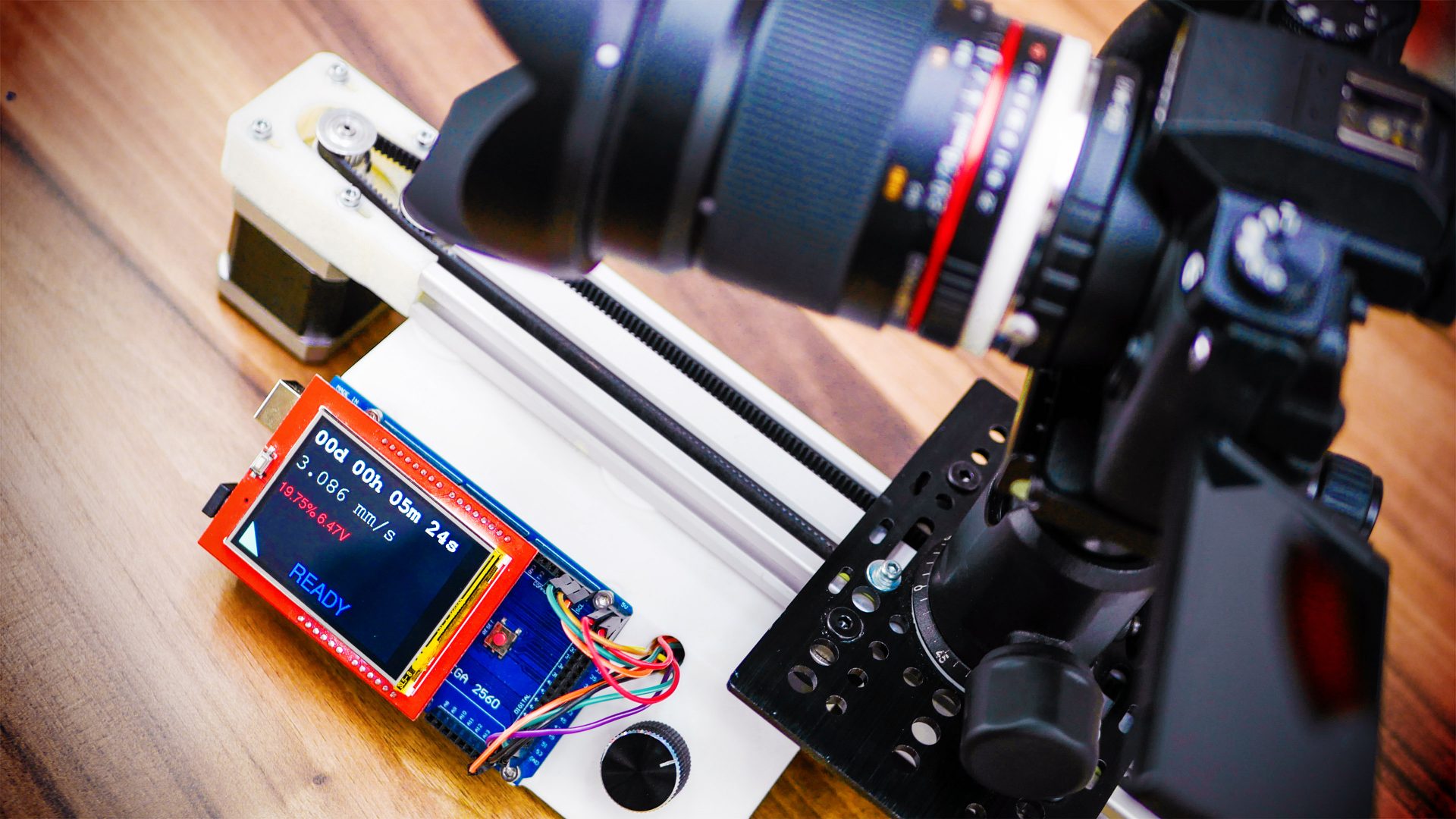
The script will search for images received from Arduino and then saves them on the PC.
#ARDUINO CAMERA RECOGNITION CODE#
To run the project, you have to execute a java code ( JDK required) through the command line. Saturation level auto adjust (UV adjust).ISP includes noise reduction and defect correction.Image quality controls including color saturation, hue, gamma, sharpness (edge enhancement), and anti-blooming.Exposure Control (AEC), Automatic Gain Control (AGC), Automatic White Balance (AWB), Automatic Band Filter (ABF), and Automatic Black-Level Calibration (ABLC).Automatic image control functions including: Automatic.High sensitivity for low-light operation.Mounted with high quality F1.8 / 6mm lens.Onboard regulator, only single 3.3V supply needed.Yes, I subscribed to and got the API Key.

Hi, thanks for responding to my question. It feels like the JSON that is being submited is not wat expects but I could not confirm that as I found no example on their site. Serial.print(F(“deserializeJson() failed: “)) Ĭonst char* name = doc Ĭonst char* p = doc Parse the json response: Arduino assistantĬonst int jsonSize = JSON_ARRAY_SIZE(1) + JSON_ARRAY_SIZE(20) + 3*JSON_OBJECT_SIZE(1) + 6*JSON_OBJECT_SIZE(2) + JSON_OBJECT_SIZE(3) + 20*JSON_OBJECT_SIZE(4) + 2*JSON_OBJECT_SIZE(6) ĭeserializationError error = deserializeJson(doc, response) Int httpResponseCode = http.POST(payloadData) Http.addHeader(“Authorization: “, “Here goes the APIkey I got from clarifai”) Http.addHeader(“Content-Type: “, “application/json”) Uncomment this if you want to show the payload if PSRAM IC present, init with UXGA resolution and higher JPEG quality // for larger pre-allocated frame buffer. #include "Arduino.h" #include "esp_camera.h" #include // Select camera model //#define CAMERA_MODEL_WROVER_KIT // Has PSRAM //#define CAMERA_MODEL_ESP_EYE // Has PSRAM //#define CAMERA_MODEL_M5STACK_PSRAM // Has PSRAM //#define CAMERA_MODEL_M5STACK_WIDE // Has PSRAM #define CAMERA_MODEL_AI_THINKER // Has PSRAM //#define CAMERA_MODEL_TTGO_T_JOURNAL // No PSRAM #include "camera_pins.h" const char* ssid = "your_ssid" This tutorial uses PlatformIO as IDE, but you can use other IDEs if you like.Ĭreate a new file name ESP32-Vision.ino and add the following lines:

The first step is initializing the ESP32-CAM.
#ARDUINO CAMERA RECOGNITION HOW TO#
If you want to run directly the machine learning engine on your device, you have to read how to use Tensorflow lite with ESP32.

In this article the ESP32-CAM uses an external machine learning system to classify images. If this is the first time you use ESP32-CAM, you should read how to stream video using ESP32-CAM. Image recognition is an important branch of computer vision. From the images captured by the ESP32-CAM, applying image recognition, it is possible to extract information such as:Īnd much more. This machine learning model is capable to identify and classify more than 10,000 concepts. The advantage of this method is that it is not necessary to train a model to classify the images by ourselves, but the ESP32-CAM uses a pre-trained model built by Clarifai.

How the ESP32-CAM Image classification works


 0 kommentar(er)
0 kommentar(er)
